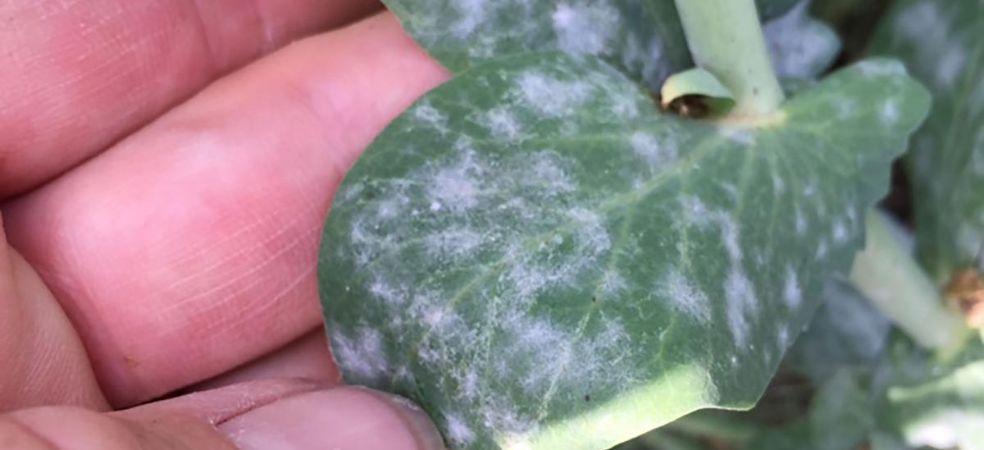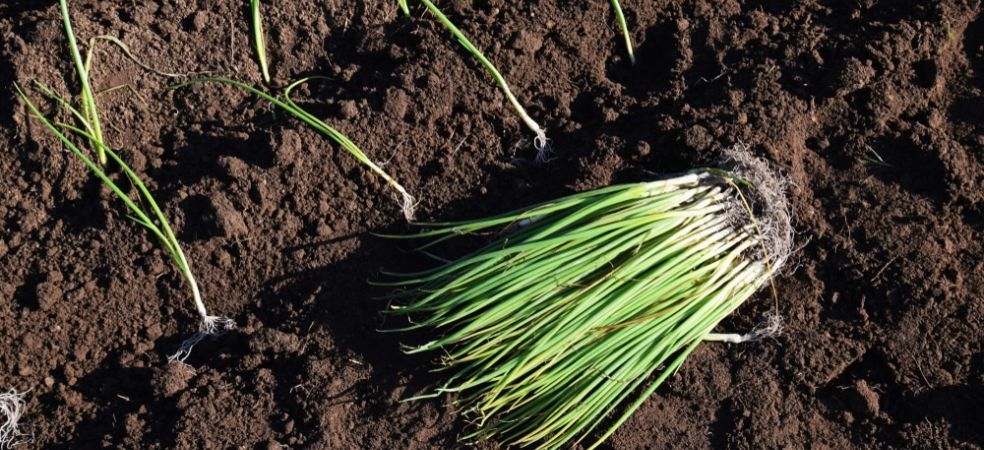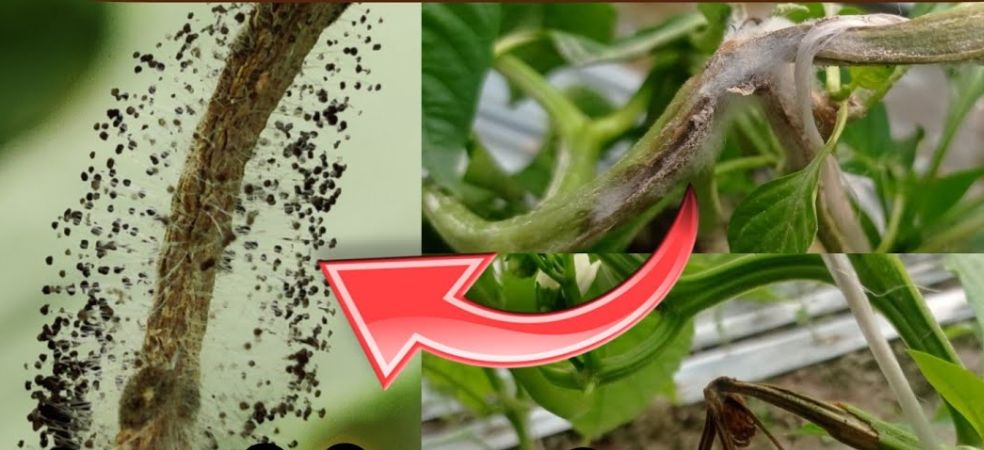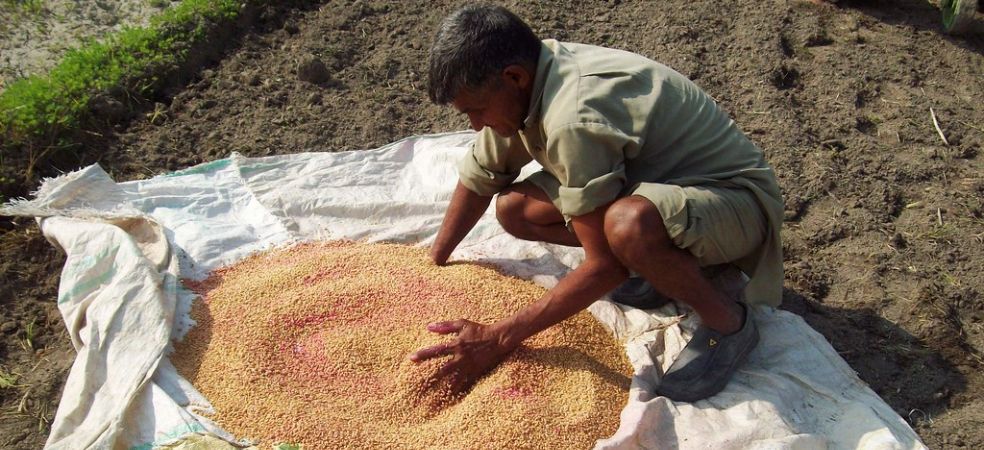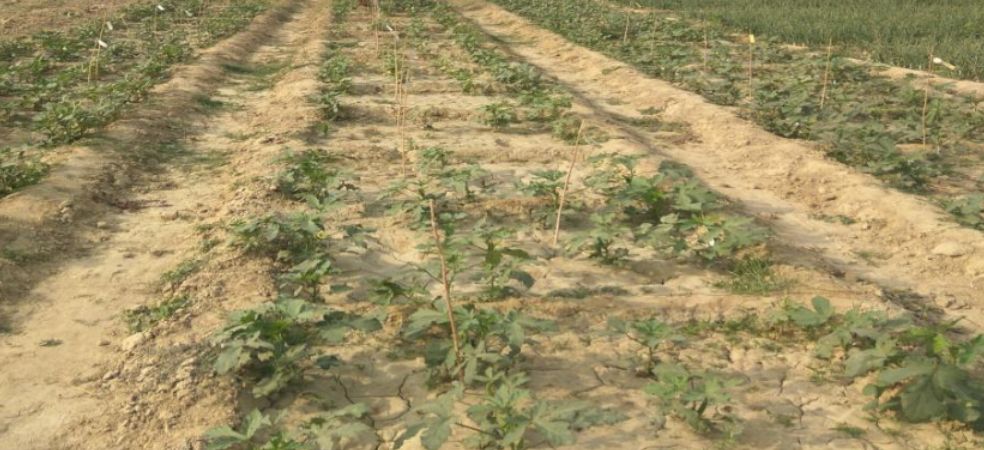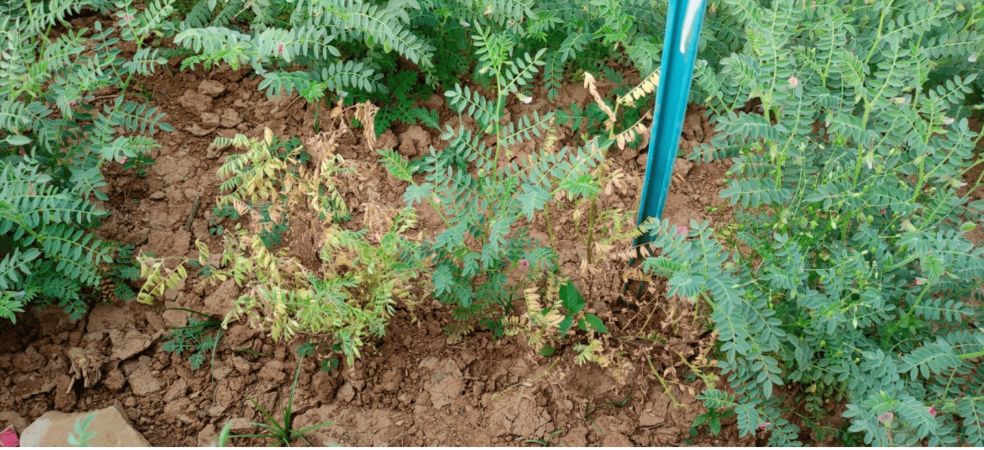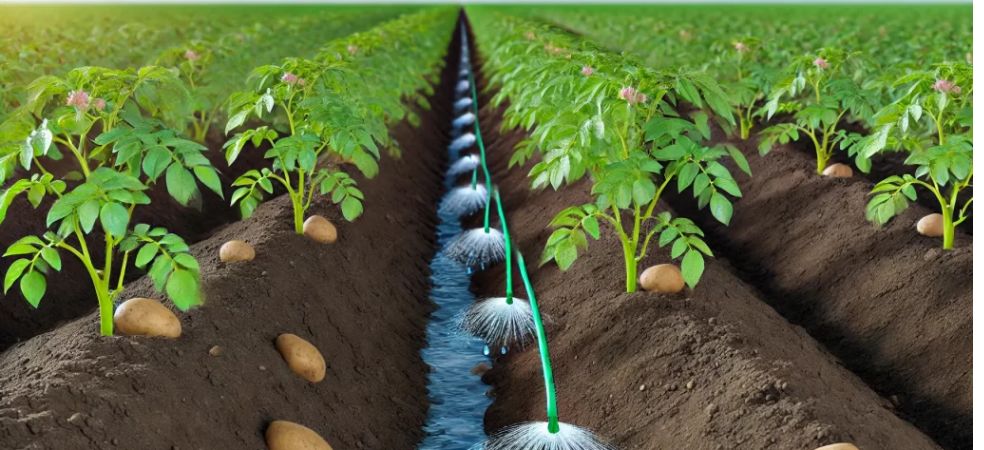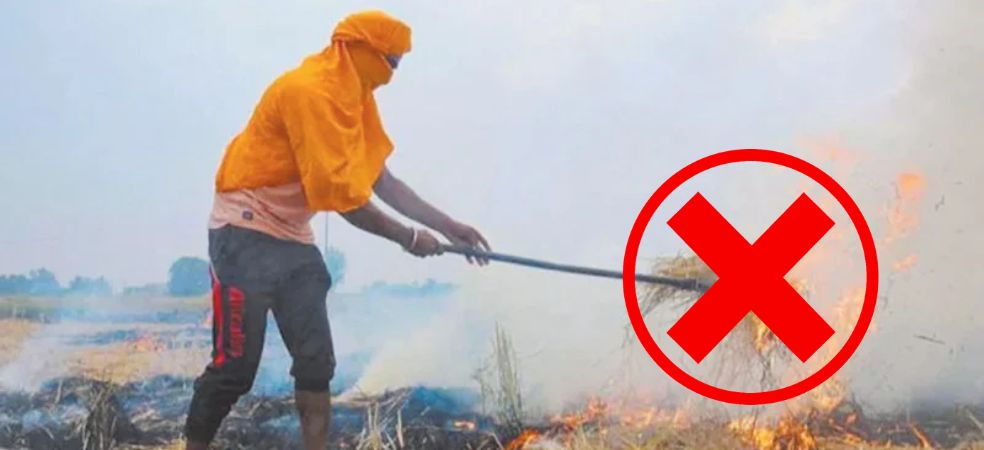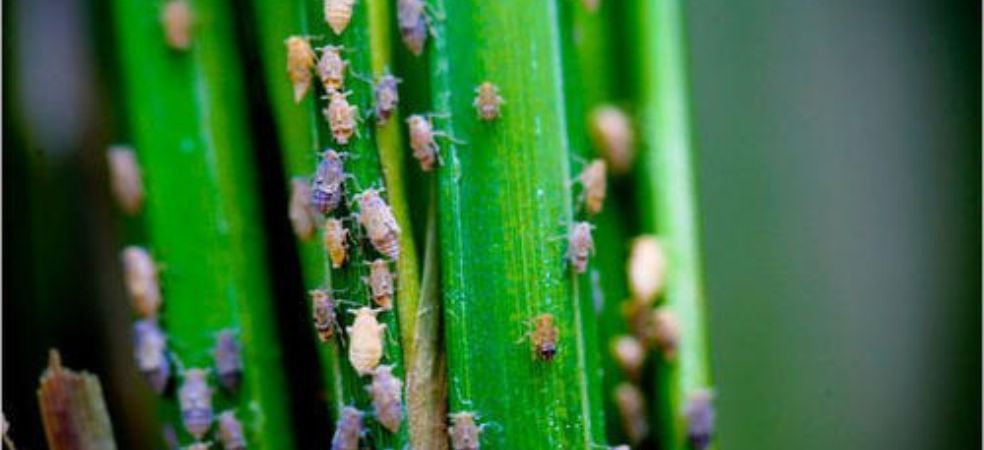Symptoms of damage: Symptoms of powdery mildew disease appear as white powder on leaves, buds, twigs and flowers. Small spots of white colour arise on both the surface of the leaves and gradually spread on both the surface of the leaf. The sick leaves become hard and twisted. Due to excessive infection, they dry up and fall off.
Control measures: For control of this disease, spray Dhanustin (Carbendazim 50% WP) @ 100 gm or Wokovit (Sulfur 80% WDG) @ 1 kg + Silicomaxx Gold @ 50 ml per acre @ 150 to 200 litres of water.
ShareKeep reading Gramophone articles daily for important information related to agriculture. If you liked today’s information then don’t forget to share.

